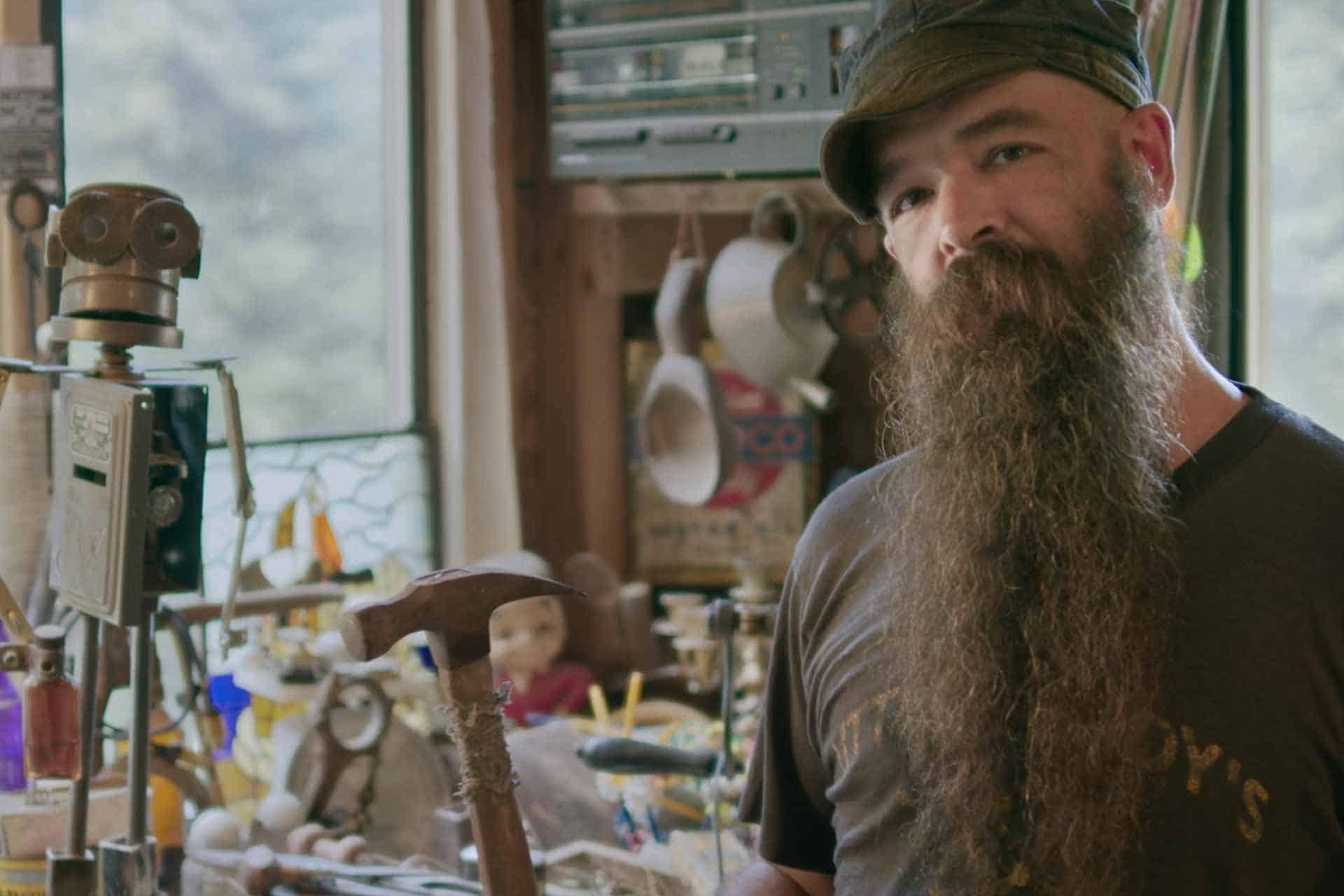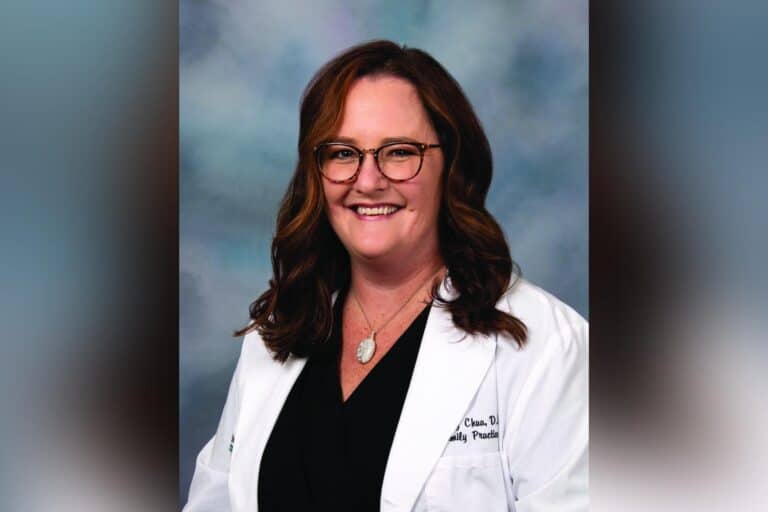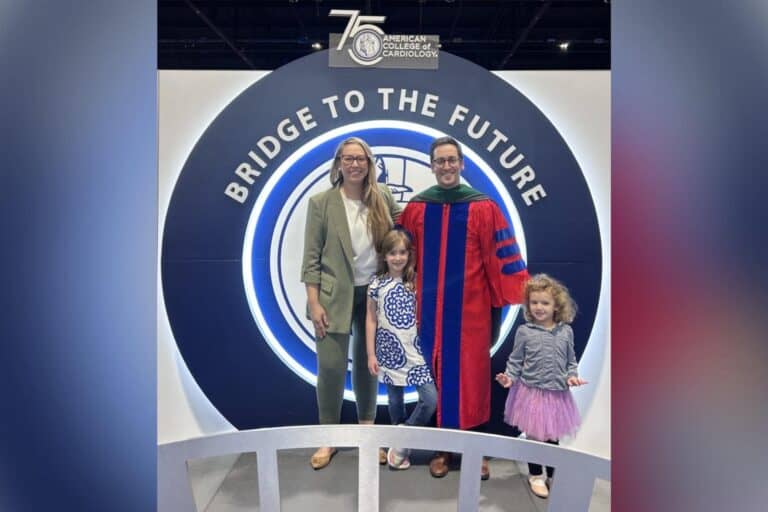BUCKHANNON – A film that explores the stories of several modern-day Appalachian pioneers is now screening throughout the country, including right here in the Mountain State.
“O Pioneer” made its debut Aug. 15-20, 2023, at the Cinequest Film Festival in San Jose, California. Since then, it has made its way through multiple states — including Georgia, Texas, Tennessee and West Virginia. The documentary follows three West Virginians over the span of about two years as they practice their crafts, deal with an ongoing pandemic, and live their everyday lives.
“‘O Pioneer’ redefines what it means to be a pioneer, and it’s through the lens of three West Virginians – modern-day Appalachians,” Co-Director Clara Lehmann said in a previous My Buckhannon story. “We follow these individuals for about two years, and you get to see some of the hardships they face, but also the beautiful and amazing things they’re doing within the state of West Virginia.”
Anne Wilson, manager of the Colonial Arts Center in Buckhannon, said she was excited to learn about a film made in Appalachia that featured someone from the Buckhannon-Upshur community: Upshur County resident Tim Hibbs.
“It’s a story that takes you through the life of these modern-day pioneers, finding their way through their career and through art while living in Appalachia, and I think it’s a really, really important message, especially for people around here,” Wilson said. “It’s gained so much popularity and people are so excited that we were going to have it in the balcony theater, but I’m starting to worry that we might sell more than 80 tickets, so we might move it down to the main hall.”
The film follows Chaplain James Morley of Bridgeport, W.Va., blacksmith/artist Tim Hibbs of Queens, W.Va., and seamstress Nellie Rose Gundersen Davis of Thomas, W.Va. The film is narrated by poet and musician Kaïa Kater.
Co-director Jonathan Lacocque commented on the chance to screen the film at the Colonial Arts Center, which is located just down the street from where Hibbs’ community gallery, the Infamous Art Collective, is housed in Buckhannon.
“We saw the work done at the CAC and when we’re able to go to the gallery and enjoy the space, I’ve always been impressed – it’s a gorgeous space,” Lacocque said. “They actually emailed us and mentioned wanting to work together on a screening and having a lot of admiration for Tim (Hibbs) and the Infamous Art Collective as well, so it felt like a nice coalescence of different groups and community members that have mutual admiration.”
Wilson said the screening is the first for a film since the CAC officially opened in October 2023.
“I think that it really ties into our mission of expanding the arts and culture scene around here, highlighting what people in our communities are doing, and I think it’s a really important way to celebrate Appalachian culture because we deal with so many stereotypes and discrimination just based solely on our geography and films,” Wilson said. “This will open outside eyes, while also helping people local realize like, ‘Hey, we’re not all that bad; we’re doing our best in our tiny little state,’ so it’s really rewarding to be able to do what we’ve been saying we want to do. It’s really happening.”
Lacocque said they were determined to show the film throughout West Virginia.
“Audiences have all responded well to the film, but I’ll admit, we still feel like we’re very early in the process,” Lacocque said. “We played in Charleston, and we played in Huntington … but there’s more work to do.”
“We want to play the film in other parts of the state, and there’s still more people who need to see the film,” he added. “People really walk away feeling pride, but also feeling inspired to be connected with one another, which I feel is a very wonderful thing.”
The film has also been shown in festivals and screenings outside West Virginia, and it often leaves people with a new perception of the state.
“We’ve gone all over; anywhere we show it, we hear some of the same things, and one is, ‘Oh my God, I want to visit West Virginia, it’s such a beautiful state, the people are wonderful – I want to go there,”’ Lacocque said. “One person even said, ‘I think we may move to West Virginia,’ and other people have said they knew there was more to West Virginia and West Virginians than what they see in the news, but didn’t fully understand what that meant. They were able to see the nuance, the beauty, the strength of the people, without some of those more traditional topics that are that are discussed.”
Lacocque said the pandemic gave the film subjects a chance to connect in a way they might not otherwise have due to quarantining.
“It was helpful for us to have this project during the pandemic because it forced us to connect with all these participants who have become friends of ours, but absolutely, seeing it on the big screen, seeing audiences respond to the film, it’s immeasurable in many ways,” Lacocque said. “I think any artist – even a musician who gets to finally perform their music in front of an audience – has a similar feeling or an actor, or whatever it might be, understands the feeling. It’s been really meaningful to us to have it out and be able to talk about it with people who have actually seen it.”
More information on the film can be found on their website.














